Maltese
Maltese are among the most popular dog breeds today because of their rich history, size, and character. This is a gentle, playful, and charming dog that is sometimes overly sensitive. This elegant toy breed is most famous for its silky white hair.
FUN FACT: One legend says that the apostle Saint Paul suffered a shipwreck on Malta, and there he healed a Roman governor’s father. As a sign of gratitude, the governor gave a Maltese dog to Paul as a gift.

Height:
7,8 - 10 in (20-25 cm)

Weight:
6,6 - 8,8 lb (3-4 kg)

Origin:
Central Mediterranean Area

Life Expectancy:
12-14 years
Dog Breed Characteristics
This breed is famous for its beautiful, silky, long coat. They are very popular to this day and are known around the world. They have a slightly rounded head with a black nose and brown eyes. Their height is usually the same as their length and they have a curled tail. If the Maltese dog spends its days mostly out of direct sunlight, their nose can become lighter, reaching the pink or brown color.
This phenomenon is called the “winter nose.” Their paws are extremely sensitive and should be treated with care. The allowed colors of this breed are pure white, with possible traces of ivory, lemon, or orange ( around the ears). Every other color is considered a serious fault and should result in disqualification.
As we already mentioned, this is an extremely old breed, and throughout their history, owners and breeders have tried changing their appearance. Luckily, in the 19th century, the Maltese Club put a standard in place and started taking care of these dogs and their quality. They made sure that this breed is registered with all the major cynology associations.
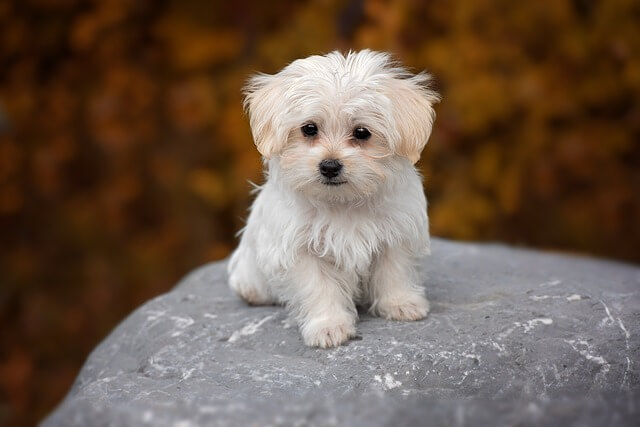
Coat care
The Maltese have a stunning pure white and silky coat that doesn't shed much. They don't have a typical undercoat like many other breeds. The bad thing is that their coat mats easily become dirty. To prevent tangles and mats the Maltese coat requires daily brushing. If your dog becomes matted, you will probably need to trim its coat because it would be too painful for the dog to comb or brush out the mats.
During the brushing, you can use a coat conditioner to help you solve the mats. Never pull the entire mat out at once with the brush. Also, make sure that you remove all the mats before a bath because mats have tendencies to get tighter when wet. The Maltese require regular baths, but with all the gentle pet shampoos, you can bathe him more often without harming the Maltese coat.
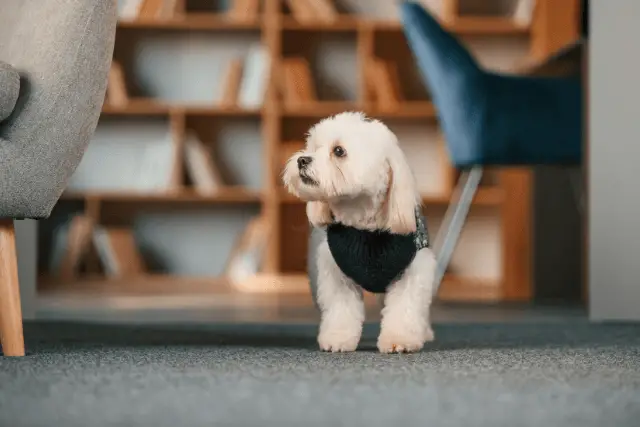
General care
Taking care of their coat certainly requires a lot of time but be careful not to leave out other important aspects of complete care of your Maltese. Their paws are sensitive so it is a good idea to get them used to paw care. Their nails should be cut regularly if they do not wear them down naturally. A good indication that nails need cutting is hearing them clicking on the floor while they walk.
Brushing your dog's teeth is also very important. Most of the dogs are not fans of brushing, so start teaching them as soon as possible. Include treats and praises, and pretty soon, they will learn to put up with this important aspect of health care. You can check your local pet stores for dog toothbrushes and toothpaste that do not contain any harmful chemicals.
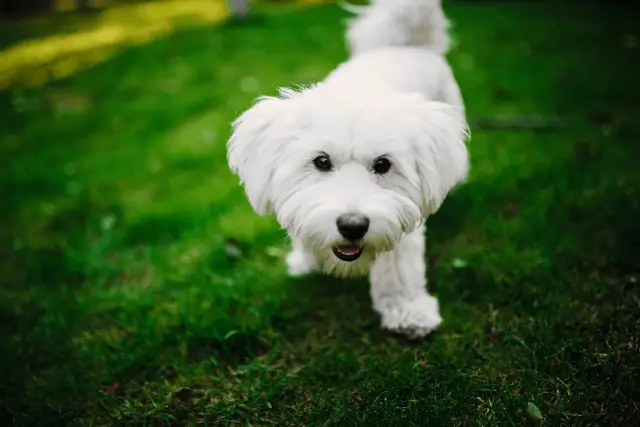
Exercise requirements
The Maltese don't require much exercise. Regular walks or indoor games will be enough for this breed to remain in good shape. Never walk your Maltese puppy for too long before it is 8 months old because you could hurt his bones as they are still developing. The best thing is to let the dog play at his own pace when it is young. These dogs love to play, but you will need to be careful. They are very small and can get easily hurt.
They are not the most active breed out there and to keep them happy and healthy, a moderate amount of exercise is needed. They are primarily companion dogs and will be the happiest when they are indoors and included in all family activities.
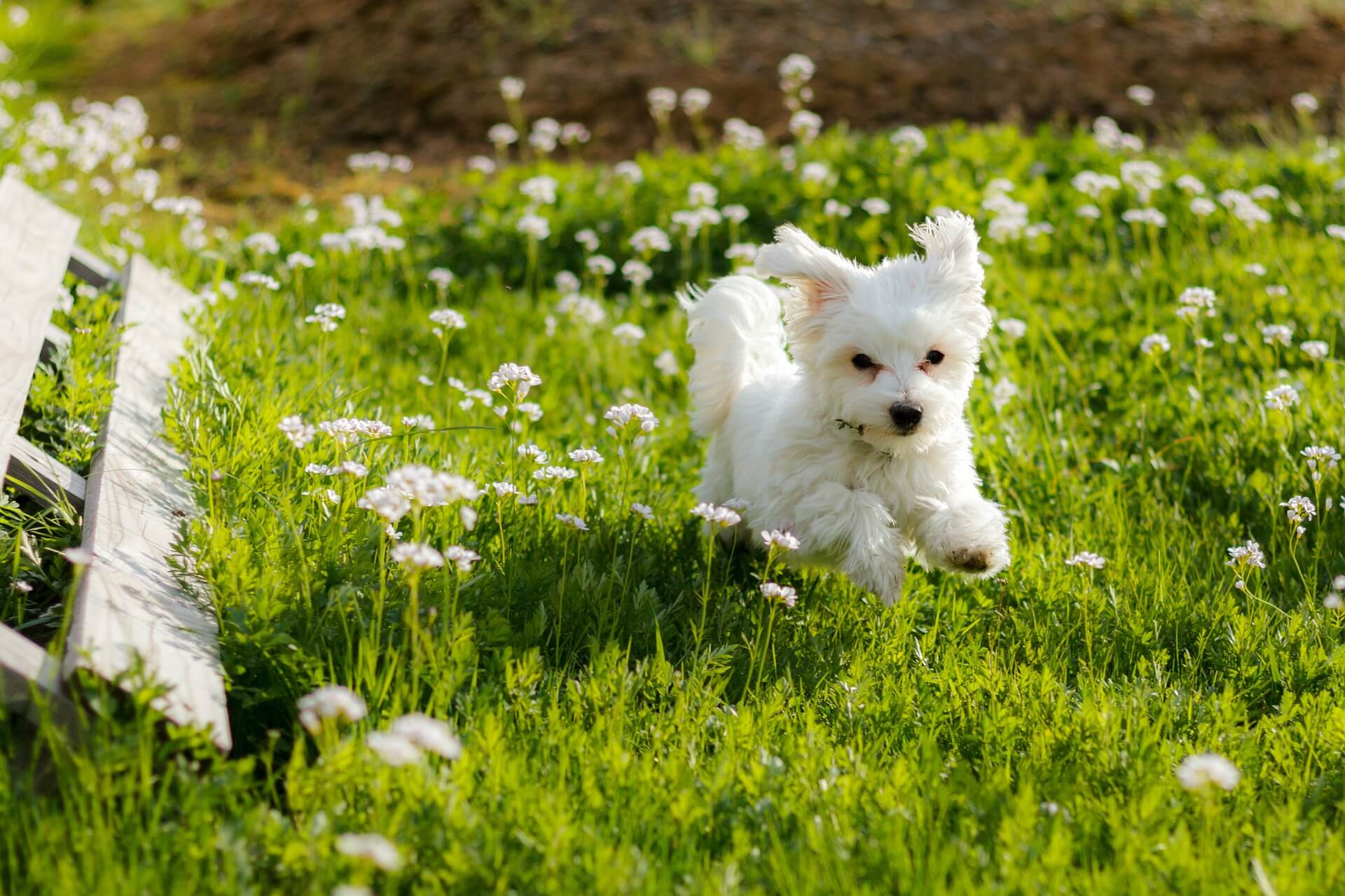
Intelligence and training
Because they are very intelligent and they have been human companions for centuries, they have learned to listen to their people. Training must be consistent because they can be stubborn. They respond well to positive reinforcements. When training a Maltese, never use fear or punishment as a training method and instead, use a lot of treats and praises to get the best possible results with your dog. They are also very good at dog sports such as agility or obedience.
FUN FACT: Maltese was a favorite dog of Queen Elizabeth I, Queen Victoria, and Mary Queen of Scots.
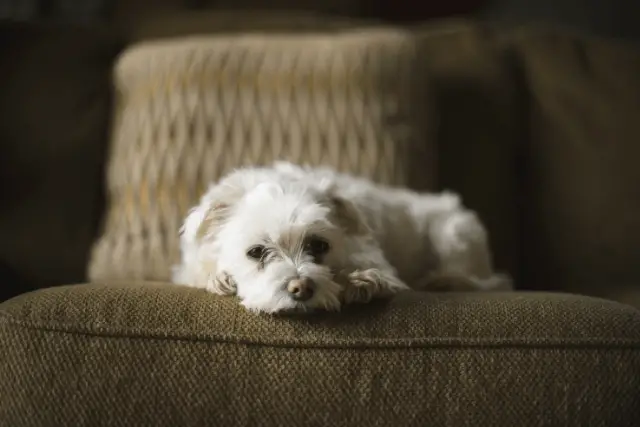
Temperament
The Maltese dogs are gentle, affectionate, and good family dogs. Its temperament is affected by many different factors, such as socialization, training, heredity, etc. These dogs were bred to be companion dogs, and they excel at this role. They are extremely friendly, and they act as if everyone they meet is a new friend.
They can be a bit sneaky and are known as dogs that love to get things their way. Some owners have said that they had no intention of spoiling their dogs, but somehow these dogs ended up with everything they wanted.
They require a lot of human contact, and if they are left alone for a longer period, they are prone to excessive barking and developing destructive behavior. A potential problem with these dogs is separation anxiety, so if you are interested in getting a Maltese, make sure you have enough time for them.
Socialization
Like all other breeds, they require early socialization – expose your dog to many different sights, sounds, and people while it is young. Maltese dogs are known as good watchdogs and they can become overprotective, bark, or even bite if it perceives other animals or people as a threat to its family. Even though they are known for being very friendly, unsocialized dogs can develop behavioral problems in the future.
The socialization process will teach your dog to adapt to new situations and not to react in a scared, shy, or fearful way.
If you are unsure of how to properly socialize your dog, it is a good idea to enroll your new puppy in a puppy kindergarten or puppy school. These sorts of institutions and schools have professionals that can follow you in every step and give you great advice. Try and ask as many questions as possible, and don’t be shy if you don’t know something about raising a dog.
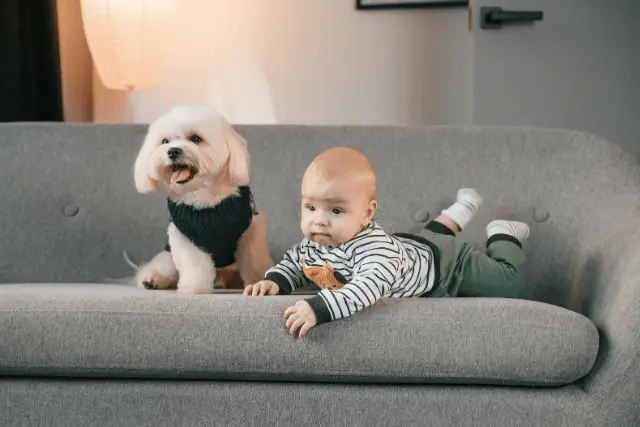
The Maltese and children
Maltese dogs are not a good choice if you have a small child in your family, and many Maltese breeders will not sell a dog if a family has a young child. That is because children can easily hurt a tiny Maltese. He is best suited for families with older kids who will know how to treat the dog. Older children can be taught how to properly and safely approach and play with the dog.
This breed is fragile and does not tolerate rough handling and teasing. Try and teach your children about your new breed so you can avoid any potential problems and/or incidents.
Other pets
The Maltese dogs get along well with other dogs and animals if raised properly. As we already said, these dogs are generally very friendly, and they love having company. They are not dominant, so they will most likely enjoy hanging out with other animals, especially dogs.
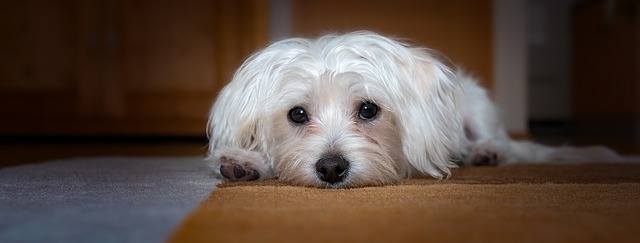
Health issues
The Maltese are generally healthy dogs with a life expectancy of 12-14 years but like all breeds, they are prone to some health issues. These issues are
- patellar luxation,
- hypothyroidism,
- deafness,
- portosystemic liver shunt,
- progressive retinal atrophy (PRA),
- hypoglycemia (caused by low blood sugar),
- white dog shaker syndrome,
- collapsed trachea (the trachea that carries air to the lungs tends to collapse easily),
- reverse sneezing, etc.
There are a few recommended health tests you should perform to ensure the dog is healthy: cardiac exam and patella evaluation.

FAQ
The average lifespan of a Maltese is 12 - 14 years. However, well-bred, well-taken care dogs can live up to 18 years.
Maltese barely shed. They have a fine coat that mostly traps the dead hair until it is brushed out. These dogs are considered hypoallergenic.
The average price of a Maltese puppy is between $800 - $2.500. It will depend on the puppy’s parents' pedigrees.
Generally, the Maltese do not bark a lot. However, they can start barking a lot if their owners leave them alone for too long or develop separation anxiety.
The Maltese are reasonably intelligent dogs. They are not among the smartest breeds because they were never bred for work. They are perfect companion dogs.
Maltese grooming is a lengthy process that should include baths, brushing, nail clipping, ear cleaning, and oral hygiene. It can be a lot for some owners, so they decide to leave it to professionals.
The Maltese is a small breed that shouldn’t weigh a lot. The average Maltese weighs between 6,6 and 8,8 pounds.

Maltese breeders
If you are thinking about buying a Maltese dog, make sure you find a good and responsible breeder who will show you all the certificates of puppies and both parents. As we already said, to ensure that you end up with a well-rounded dog, you need to start with socialization and training early. Many breeders will help you and answer all the questions you have about puppies and their development. They also want their puppies to go to a good home with people who will take good care of them.
Don’t be afraid to ask the breeder as many questions as possible. They will most likely appreciate a knowledgeable buyer, and that way, you will ensure the breeder that their puppy is going to a good home. Since they have been with the puppies the longest, ask for a recommendation. They will know the character of each puppy and will easily recommend the best one for you.
World Dog Finder team

Updated at31.08.2023.
Breed History
The Maltese is one of the most ancient toy breeds from Europe. These dogs were mentioned by poets and writers in Greece, Rome, and Egypt. They were also mentioned by Aristotle. But with all the history, the exact origin remains uncertain. Many people believe that the breed was developed in the Isle of Malta from spitz or spaniel type of dogs, while others believe it was developed in Italy or even in Asia.
By the 15th century, Maltese dogs were loved by the French aristocrats. Later in the 16th century, the Maltese became a favorite dog for royal and noble ladies. The breed was nearly destroyed in the 17th century because they tried to make these dogs the size of a squirrel; luckily, the experiment failed. The Maltese, as we know it today, was developed by the English breeders.
FUN FACT: Greeks and Egyptians worshipped Maltese dogs. Statues of the Maltese dog were found in Egypt, while the Greeks built tombs for them.
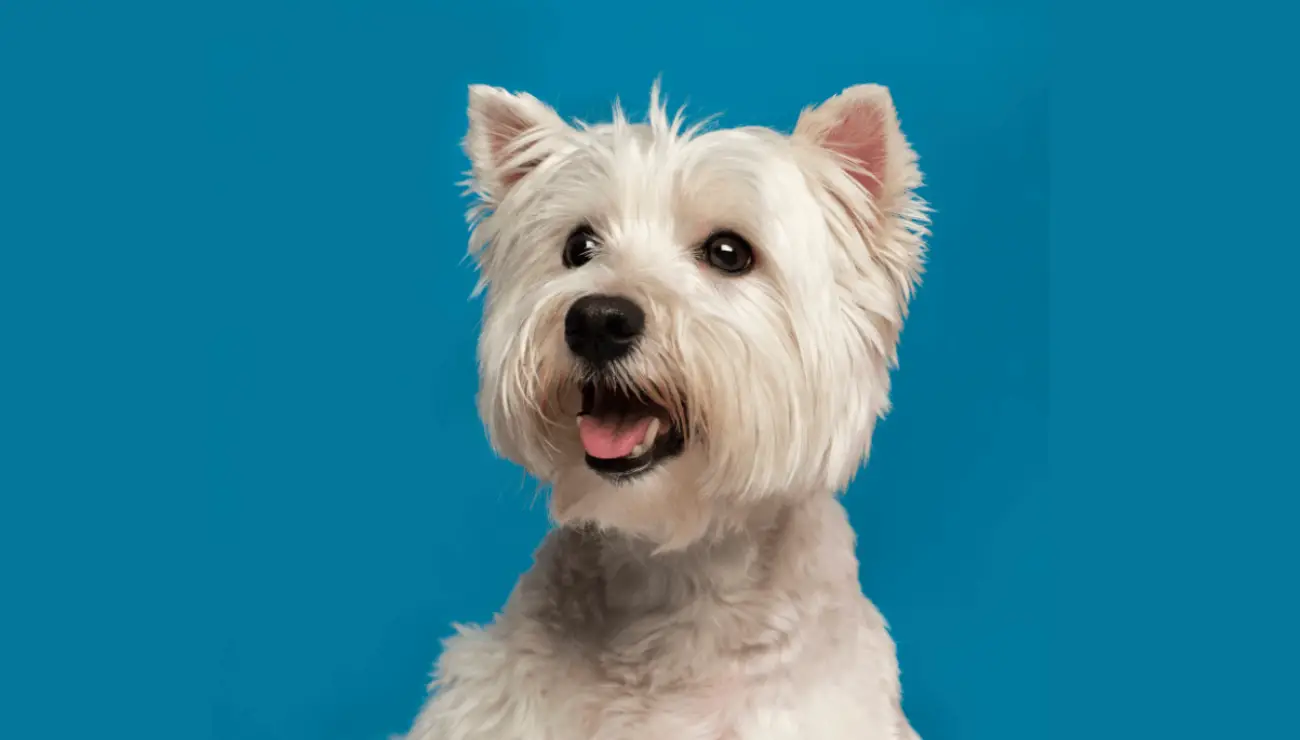
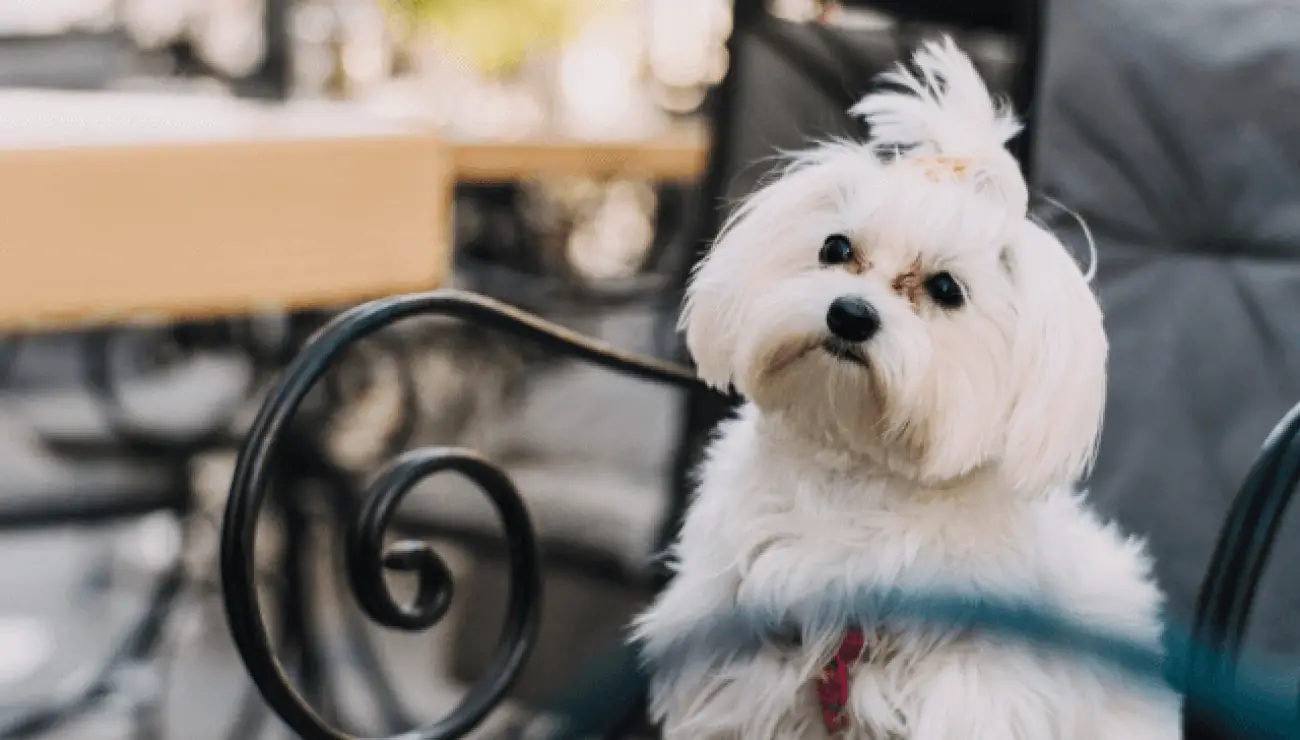

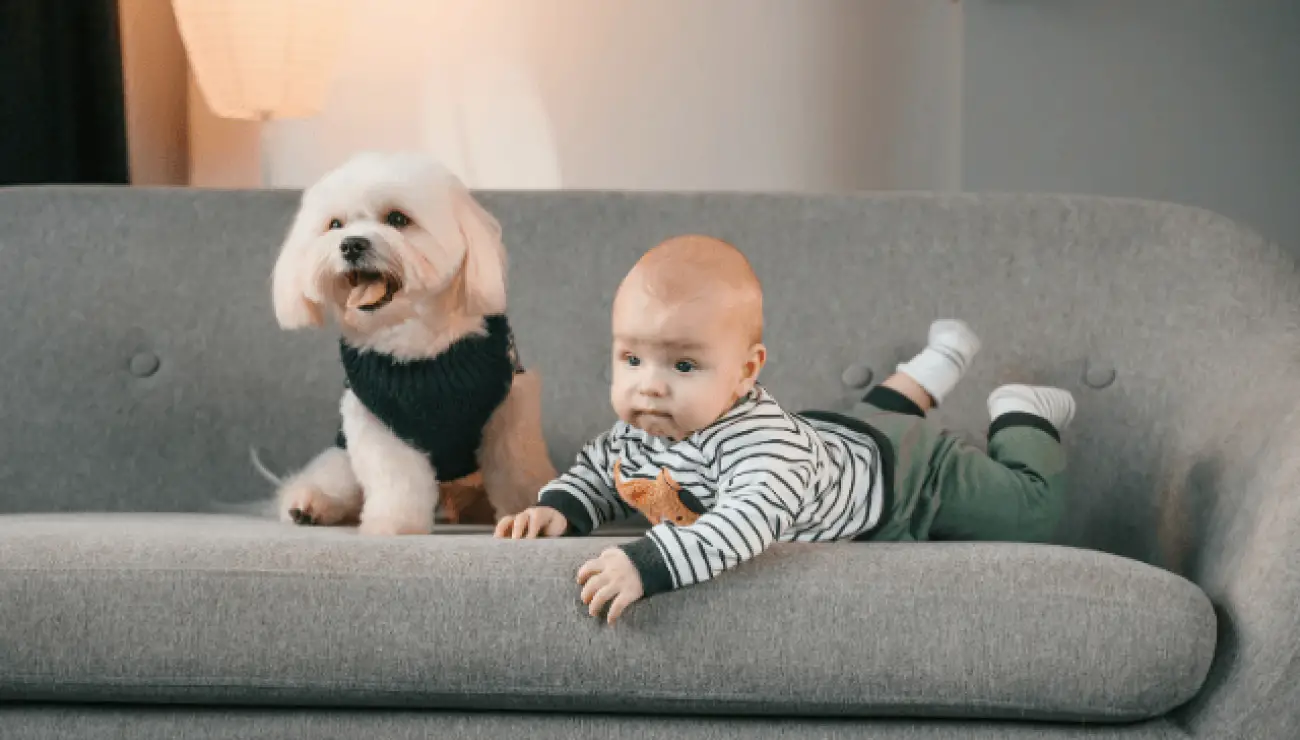
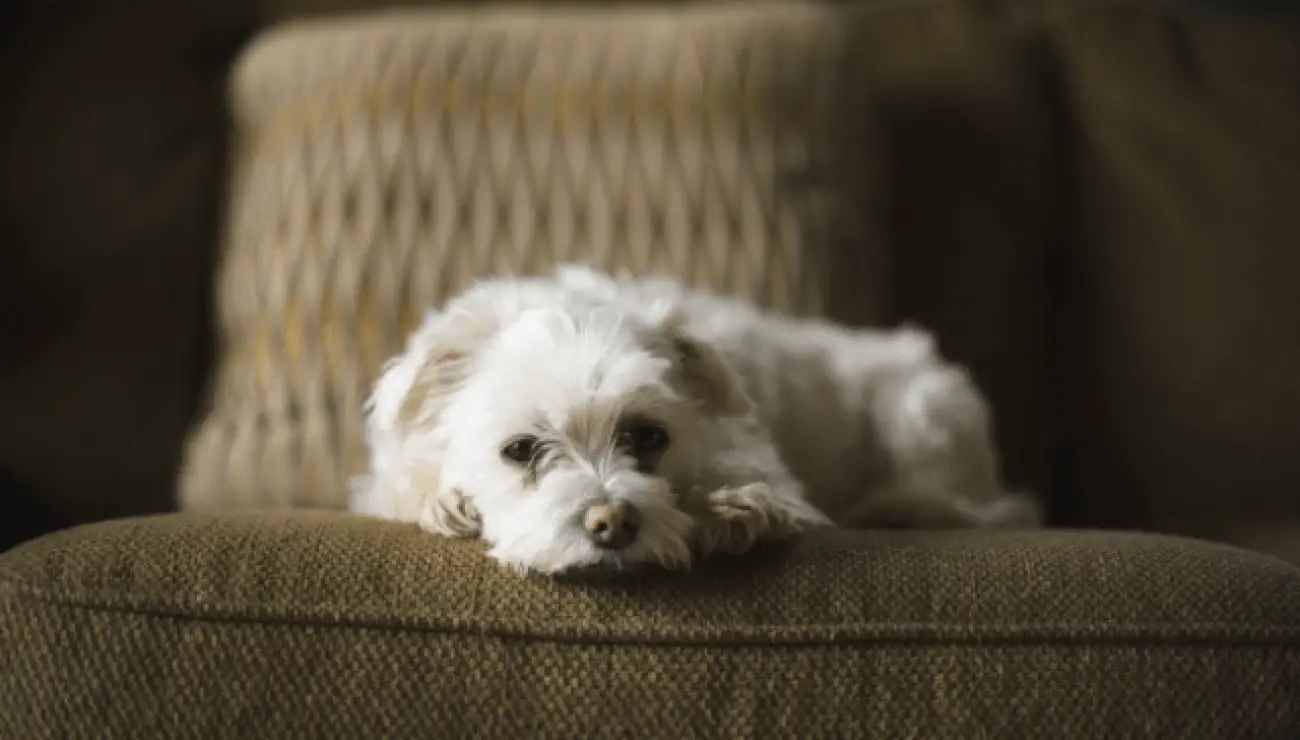
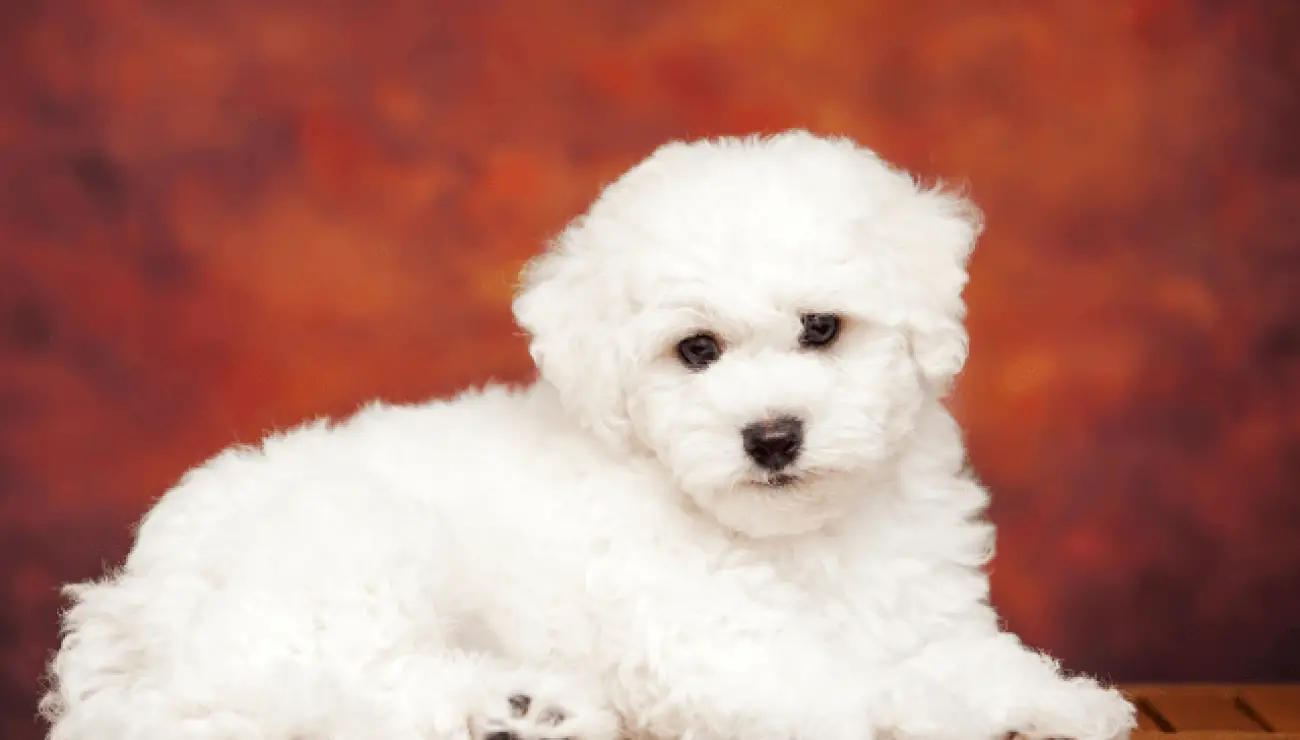
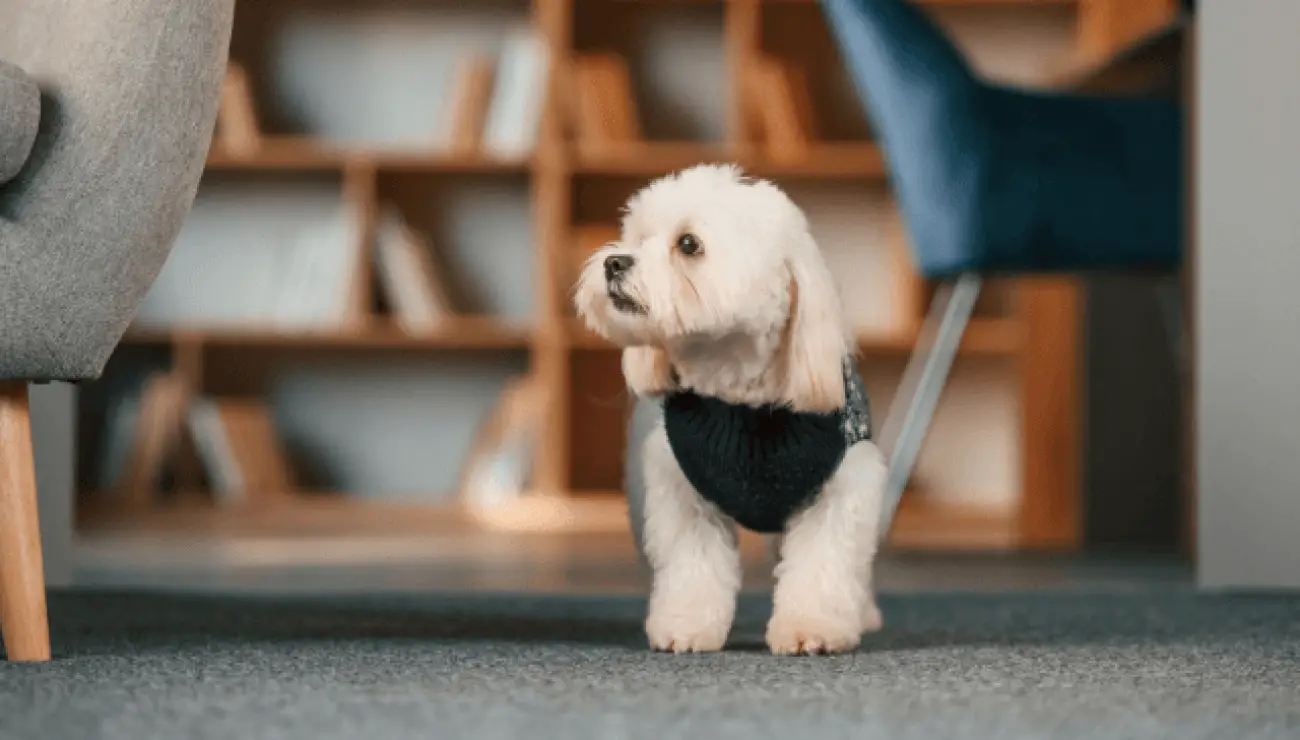
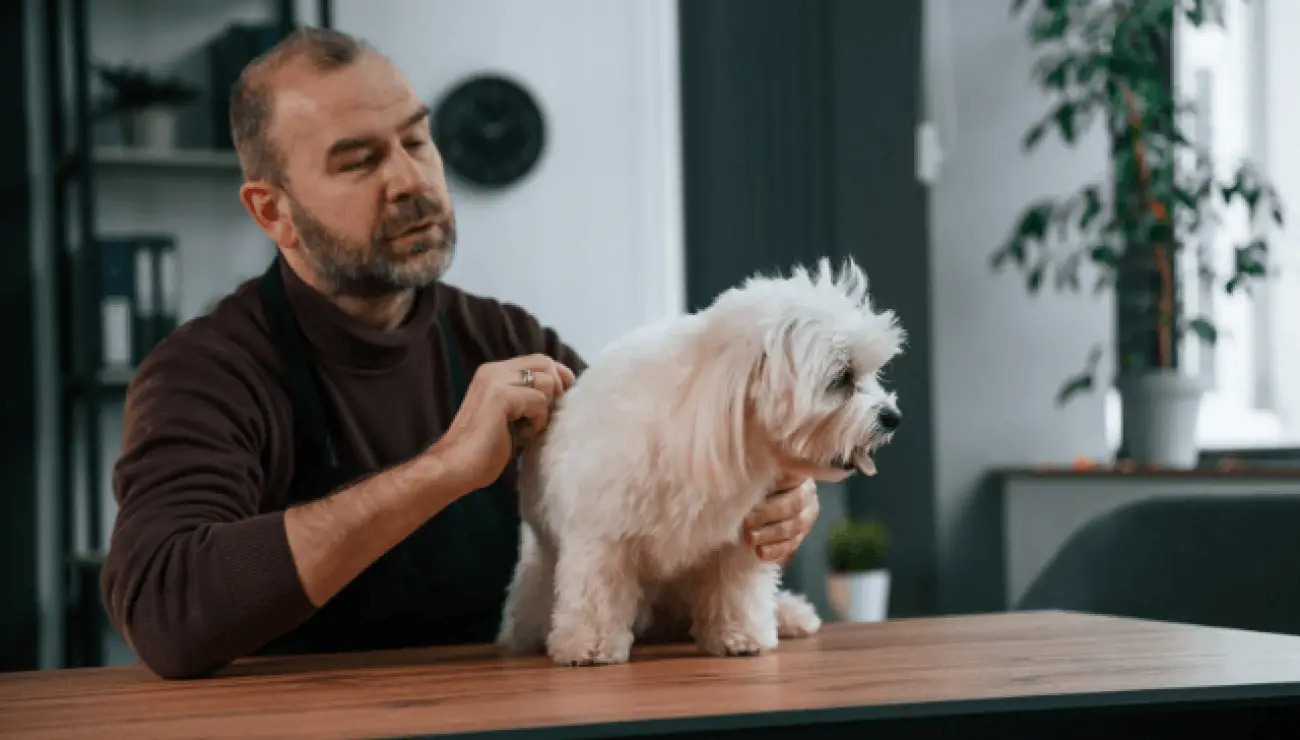
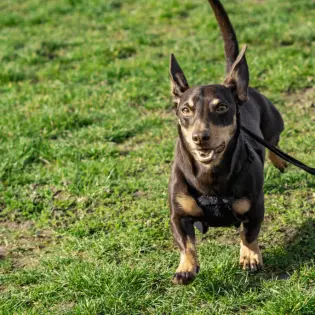
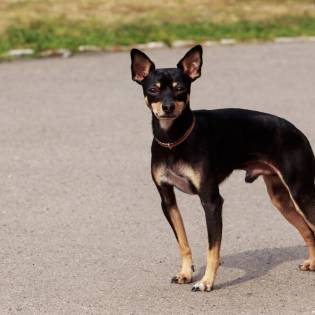

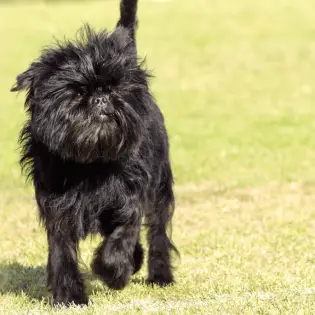


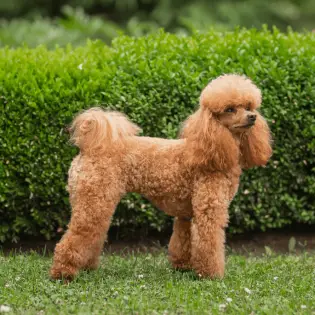

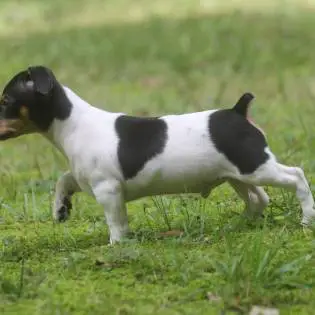
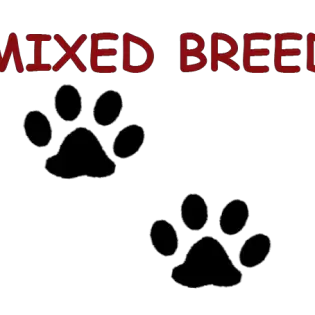

Share